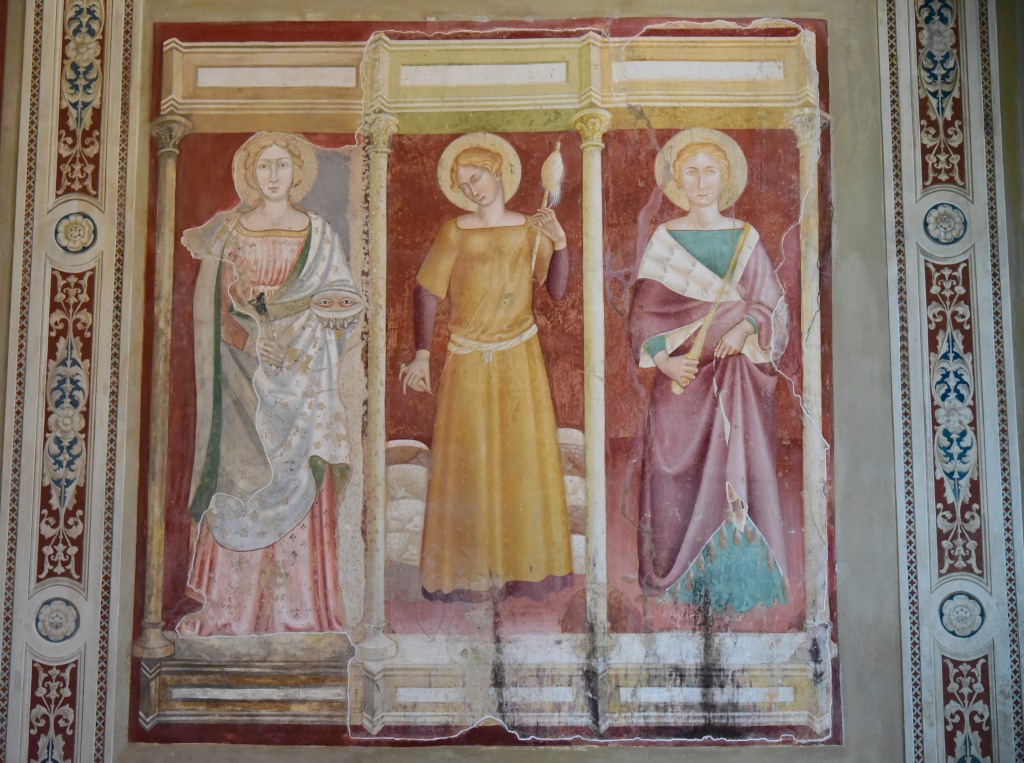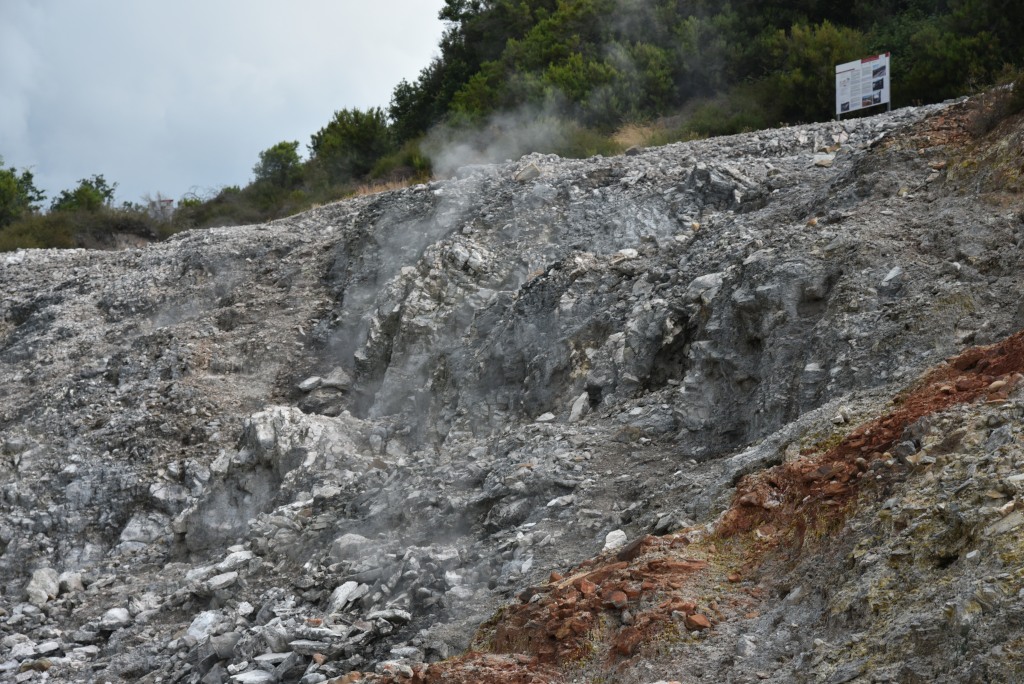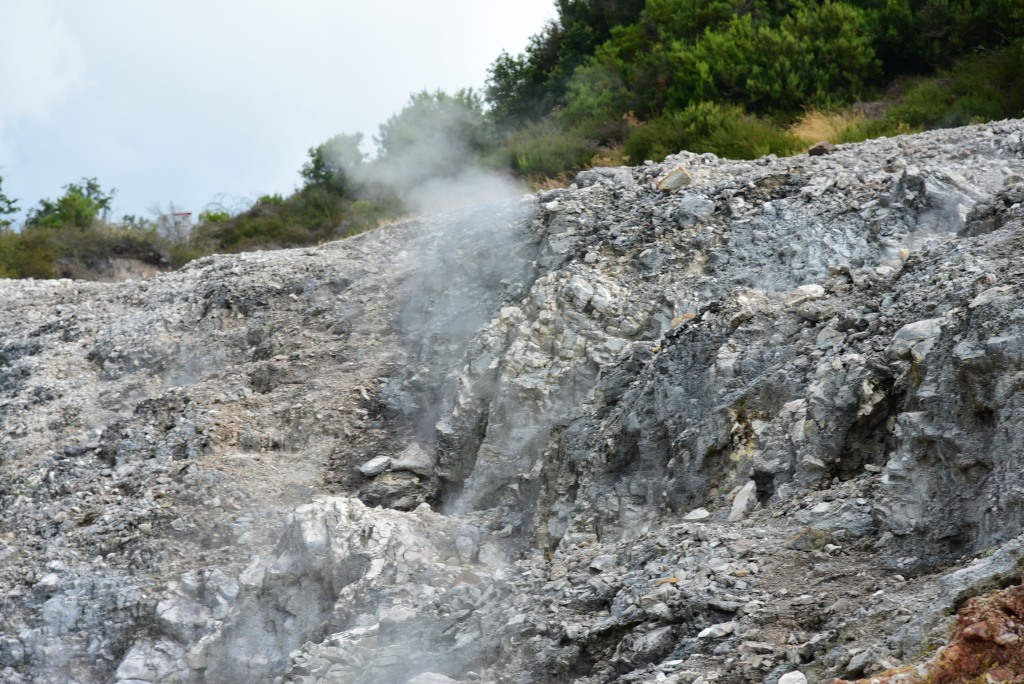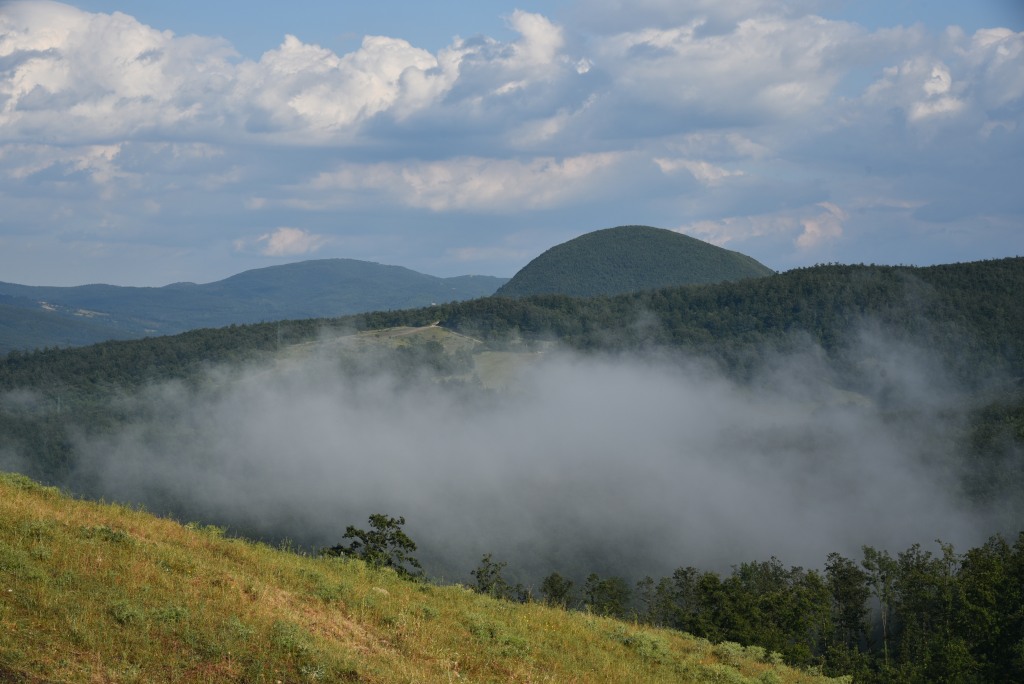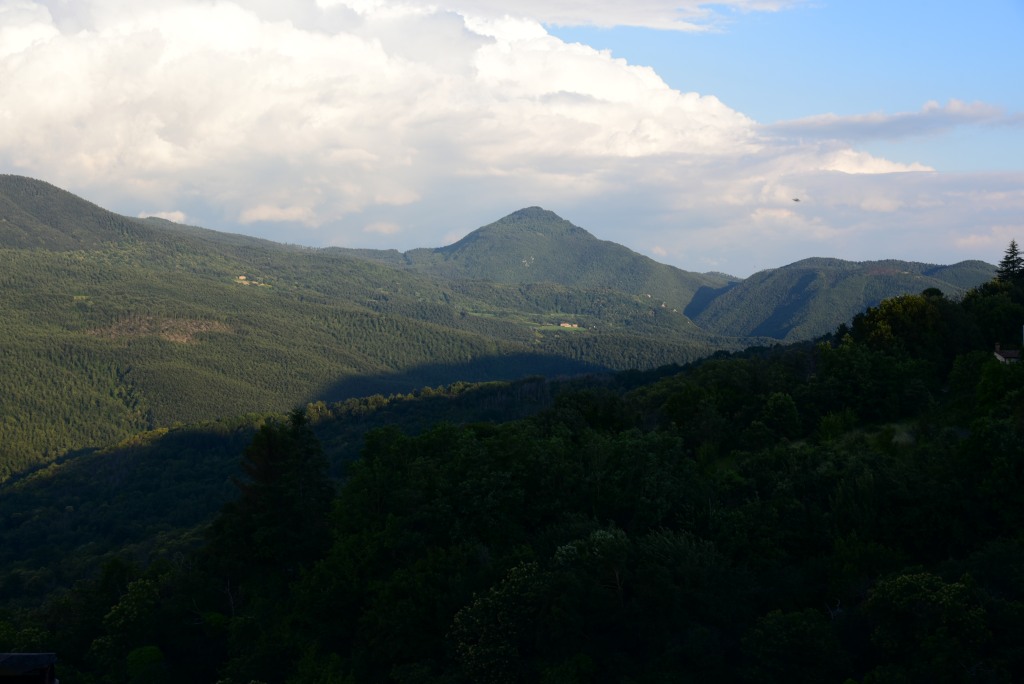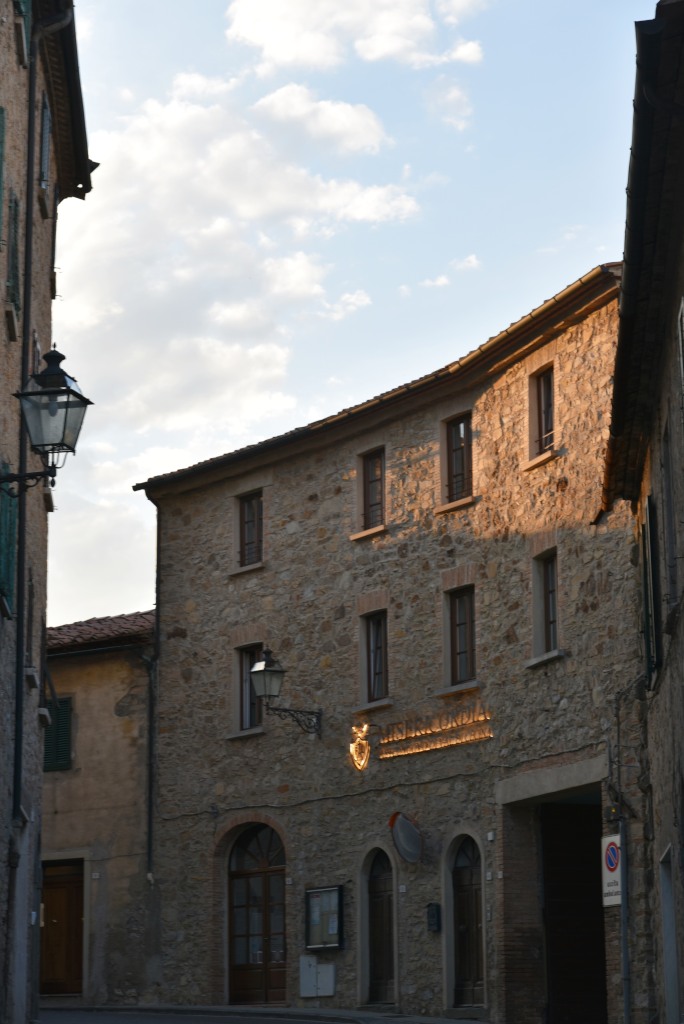June 27, 2018
Prior to leaving Massa Marittima, I explore the central attraction of the town, the pristine medieval Cattedrale di San Cerbone at the top of the Piazza Garibaldi.
The cathedral was initially built in a pre-Romanesque style in the 12th century in order to shelter the remains of St. Cerbone. In 1287, the apse was enlarged, and in the first half of the 14th century, two side chapels were added.
Inside, the relief panels depicting St. Cerbone’s life are rich in symbolism. The St. Cerbone’s urn of Goro di Gregorio (1324) depicts episodes of the saint’s life. The mid-13th century baptismal font was carved from a single block of travertine, while the marble tabernacle balancing above it dates to the mid-15th century. Noteworthy also are the Lombard bas-reliefs depicting the apostles and the Massacre of the Innocents.
Additional masterpieces of early Renaissance Tuscan painting include the wooden crucifix by Giovanni Pisano, dating to the 14th century, and the Maesta’ (Madonna with Child) by Duccio di Boninsegna from 1316.
I descend from Massa Marittima into the Cecina valley that runs northward toward Pisa. The road continues climbing, weaving through the mountainous forests of the Colline Metallifere, which have provided a rich source of mineral wealth in southern Tuscany since ancient times.
The road passes the town of Monterotondo Marittimo set on a conical hill, home to the 12th century Alberti Fortress and other medieval religious structures. Here Tuscany reveals its geothermal powers, hot springs and mineral-rich fumes erupting from the dramatic landscape. This natural bounty was celebrated as far back as the time of King Porsenna, whose baths date to the 7th century.
Tucked off to the side of the highway is another medieval gem, Sasso Pisano, whose pristine aesthetics do little to reveal the presence of significant geothermal terrain hidden in the surrounding forest, and showcased in the neighboring Parco delle Fumarole.
The geothermal heat is generated by subterranean magma, propagated through impermeable rocks into a layer of permeable rocks saturated with geothermal fluid, on top of which lies another layer of impermeable rocks. A network of fractures in the impermeable cap allows for an extrusion of roughly 95% of water vapor and 5% of gases, including carbon dioxide, methane, ammonia, hydrogen sulfide, hydrogen, nitrogen, and radon.
A few kilometers from Sasso Pisano lies Podere il Bagno, a historical geothermal complex dating to Etruscan times. The site was popular until the end of the third century A.D., then was subsequently abandoned.
Following a torrential downpour, the skies clear, leaving dramatic cloud formations to crown the countryside around me. My grueling journey through the mountainous terrain continues to Castelnuovo di Val di Cecina, situated in the southern confines of Pisa province.
Castelnuovo di Val di Cecina is a classic small Tuscan town, tucked away along a winding country road in the mountainous heart of southern Tuscany, surrounded by forests, and an ideal locale to enjoy the tranquility of rural central Italy.
(Narrative excerpted from www.massamarittima.info and www.lafumarola.it)












